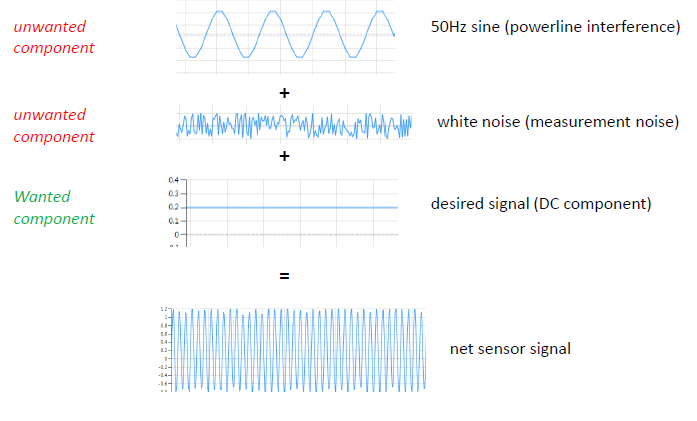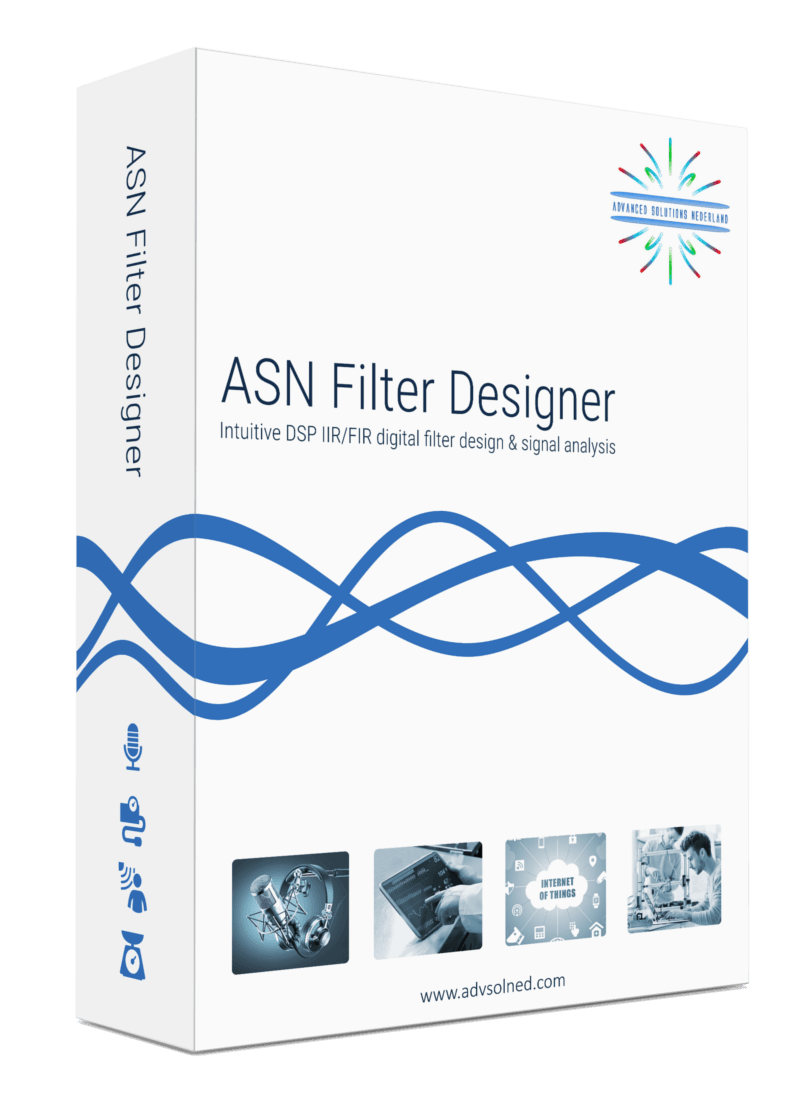Did you ever wonder where you are most exposed to air pollution? Somewhere outside, you say? Wrong, you breath the most polluted air… indoors! Research shows, that people spend 90% of their time indoors. Isolation and modern heating have brought us comfy, warm indoor environments: home, work, recreation, etc., with no cold air coming from under the doors. However, in many buildings there is a downside. With the tightly enclosed indoor environments, pollution caused indoors or coming from outside has no opportunity to mingle with fresh air. For viruses, heat and certain levels of immunity are perfect environments to stay active. Besides, the Covid-19 virus is spreading.
Indoor concentration of pollution often 2 to 5 times higher than outdoor
Research on the United States Environmental Protection Agency (EPA) site shows:
- “Americans, on average, spend approximately 90 percent of their time indoors,1 where the concentrations of some pollutants are often 2 to 5 times higher than typical outdoor concentrations.2
- People who are often most susceptible to the adverse effects of pollution (e.g., the very young, older adults, people with cardiovascular or respiratory disease) tend to spend even more time indoors.3
- Indoor concentrations of some pollutants have increased in recent decades due to such factors as energy-efficient building construction (when it lacks sufficient mechanical ventilation to ensure adequate air exchange) and increased use of synthetic building materials, furnishings, personal care products, pesticides, and household cleaners.”
Why is air quality important?
You probably know the irritation of eyes or a dry troath yourself. Indoor air pollution can have serious health effects, ranging from irritation of your eyes to respiratory diseases:
- Irritation of the throat, nose and eyes, such as a dry throat
- Headaches, dizziness, and fatigue
- Respiratory diseases, heart disease, and cancer
Indoor concentration of pollution often 2 to 5 times higher than outdoor
“The link between some common indoor air pollutants (e.g., radon, particle pollution, carbon monoxide, Legionella bacterium) and health effects is very well established.
- Radon is a known human carcinogen and is the second leading cause of lung cancer.4, 5
- Carbon monoxide is toxic, and short-term exposure to elevated carbon monoxide levels in indoor settings can be lethal.6
- Episodes of Legionnaires’ disease, a form of pneumonia caused by exposure to the Legionella bacterium, have been associated with buildings with poorly maintained air conditioning or heating systems.7, 8
- Numerous indoor air pollutants—dust mites, mold, pet dander, environmental tobacco smoke, cockroach allergens, particulate matter, and others—are “asthma triggers,” meaning that some asthmatics might experience asthma attacks following exposure.9
While adverse health effects have been attributed to some specific pollutants, the scientific understanding of some indoor air quality issues continues to evolve. …
One example is “sick building syndrome,” which occurs when building occupants experience similar symptoms after entering a particular building, with symptoms diminishing or disappearing after they leave the building. These symptoms are increasingly being attributed to a variety of building indoor air attributes.
Researchers also have been investigating the relationship between indoor air quality and important issues not traditionally thought of as related to health, such as student performance in the classroom and productivity in occupational settings.10”
Solutions like the Covid Airmex can help you to monitor your temperature, humidity, tvoc and co2, for a safe and healthy working environment



